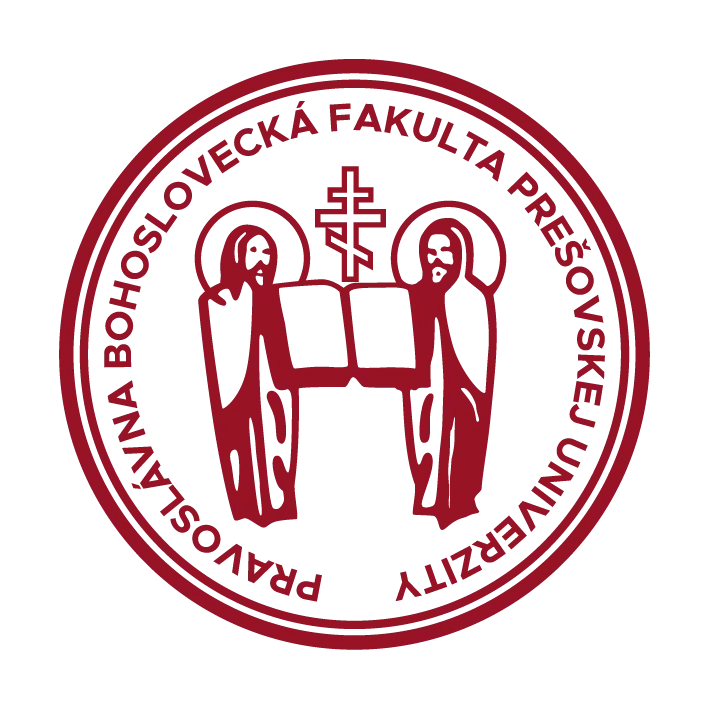DANYLETS Iurii - Acta Patristica, volume 12, issue 24/2021
THE DEVELOPMENT OF THE ORTHODOX MOVEMENT IN VELYKI LUCHKY VILLAGE OF BEREG COUNTY (COMITATUS) IN THE EARLY 20TH CENTURY
/РОЗВИТОК ПРАВОСЛАВНОГО РУХУ В С. ВЕЛИКІ ЛУЧКИ БЕРЕЗЬКОЇ ЖУПИ НА ПОЧ. ХХ СТ./
Iurii DANYLETS
assistant professor, Faculty of History and International Relations, Uzhhorod National University 88000 Uzhhorod, Narodna Square, 3, Ukraine, jurij.danilec@uzhnu.edu.ua, 00380506928781
Abstract
The paper examines the process of restoration of the Orthodox Church in the village of Velyki Luchky in Bereg County at the beginning of the 20th century. The author traces the causes of the Orthodox movement and shows the economic conflict in the village as well as the role of the Greek Catholic priest in this process. The influence of the Orthodox Church in the United States on local peasants is revealed. The paper highlights the contacts of Orthodox residents of Velyki Luchky village with the Serbian Orthodox Church. Connections with other centers of the Orthodox movement in Transcarpathia (the villages of Iza, Goronda) are studied. On the basis of archival documents from different countries, the policy of the Hungarian authorities towards the Orthodox movement is shown. The author describes the repression against Orthodox believers who were accused of anti-state activities. Despite the authorities’ opposition, the residents managed to register a separate religious community under the jurisdiction of the Serbian Orthodox Church.
Keywords
Orthodox church, believers, peasants, bishop, priest
SUMMARY
This publication analyzes the development of the Orthodox movement in the village of Velyki Luchky in Bereg County in the early 20th century. This village was the second largest center of the Orthodox Church after the village Iza in the Maramures region. Based on various sources and historiographical base, the author traces the preconditions and causes of the Orthodox movement. The paper states that due to the difficult economic situation, the peasants left for the United States in order to work. While abroad, they became acquainted with the Orthodox Church and became its believers. When they returned home, they decided to buy a land plot and to establish the Orthodox community. However, the land in the village belonged to Count of Schönborn-Buchheim, who refused to sell quality land plots to the peasants. As a result, an economic conflict arose, which led to protesting by the residents in the form of leaving the Greek Catholic Church. The Orthodox movement in Velyki Luchky developed in close connection with the village Iza. The believers exchanged literature, assisted each other in making applications for withdrawal from the union. On the basis of archival documents, the author elucidated the Hungarian authorities’ policy towards the Orthodox movement. The paper describes the repression against Orthodox believers who were blamed for anti-state activities. Arrests were made and the literature which was supposed to serve as the evidence in connection with Russia was confiscated. Despite the opposition on the part of the authorities, the residents managed to register a separate religious community under the jurisdiction of the Serbian Orthodox Church. The author sheds light on the process of establishing contacts with the leadership of the Serbian Orthodox Church in Sremski Karlovci and Budapest.
(Language: ukrainian)
